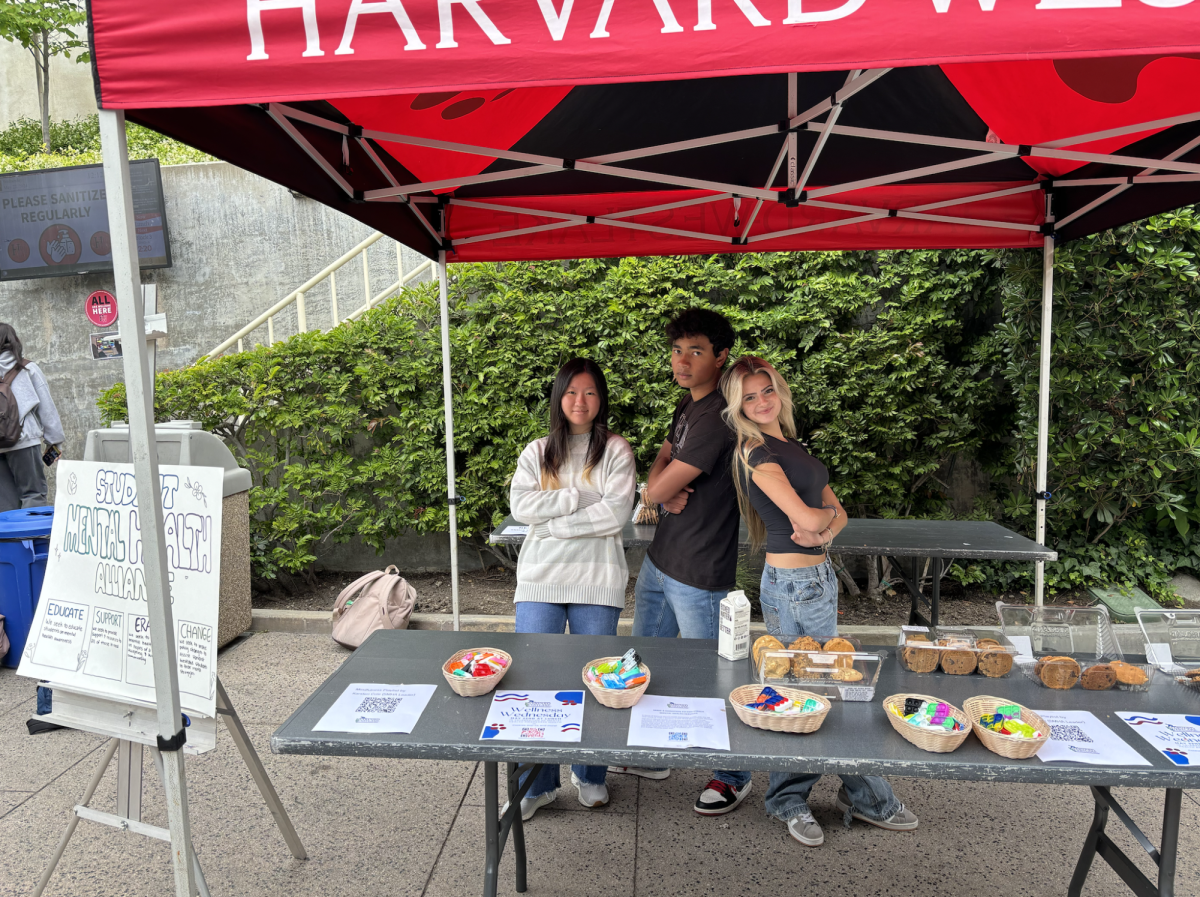As a freshman at UC Berkeley, Solange Etessami ’13 regaled her friends with tales of her high school cafeteria. For many of those students who had come from public high schools, the idea that a cafeteria would have a boba and smoothie bar was incredible.
“Culture shock is a good word for it,” she said.
Etessami acknowledged that coming into contact with new people from different circumstances is a universal college experience.
Yet while plenty of students who attend public high schools matriculate into private colleges and universities, public universities are nevertheless a big draw for many because of lower in-state tuition and some states’ automatic admission policies.
“There’s a lot more diversity, which is cool and interesting to see,” Emily Persky ’13, who studies at the University of Michigan, said.
While larger classes can also be found in many major private universities, they are a given for public schools.
“When you’re in a lecture hall with 400 other kids and the professor has no idea who you are, it’s jarring,” Etessami said. “At first it was a little harder for me to be motivated. At Harvard-Westlake I wanted to succeed because I had a good relationship with my teachers and wanted to show them the proper respect.”
Dean Vanna Cairns believes that for many students making the transition, large class sizes can be a positive change.
“I find that students who choose public universities are ready for them because at Harvard-Westlake we have small classes and they’re ready to maybe be anonymous,” Cairns said. “They want to learn independently.”
Dara Moghavem ’13, now a freshman studying mathematical theory at the UC San Diego, said large classes had not been an issue for him.
“Three or four hundred student classes are really par for the course at least initially, but as you get more advanced and take courses that are more specific to your major, that’s less of a problem,” he said. “There are also always office hours, and when you get into the really massive lectures, a lot of students just won’t go to those, so you can generally talk to [professors] if you really want to.”
The lack of one-on-one attention from counselors is another key change from private to public.
“Harvard-Westlake absolutely holds your hand,” Etessami said. “At my school we have 12 undergraduate advisers for 30,000 students. I’ve had to become a lot more independent and learned to take care of things myself.”
Etessami believes that while public school students are not necessarily better prepared to deal with this bureaucracy, they do at least have more experience with it.
“Our students do very well transitioning from private to public,” Cairns said. “They know how to take care of themselves and manage their time, so often they’ll be the ones helping other students figure out how to get things done and not procrastinate.”
Michael Sugerman ’13, a freshman at the University of Michigan, said that Harvard-Westlake equipped him well for the transition.
“It’s really not a matter of public vs. private,” Sugerman said. “I really didn’t notice anything about it being public because it was out-of-state. I think it might have been different had I stayed in-state, but I can’t say that definitively because I didn’t go to an in-state school.”
“At the end of the day, I feel it’s more reflective of what the real word is like,” Moghavem said.

































